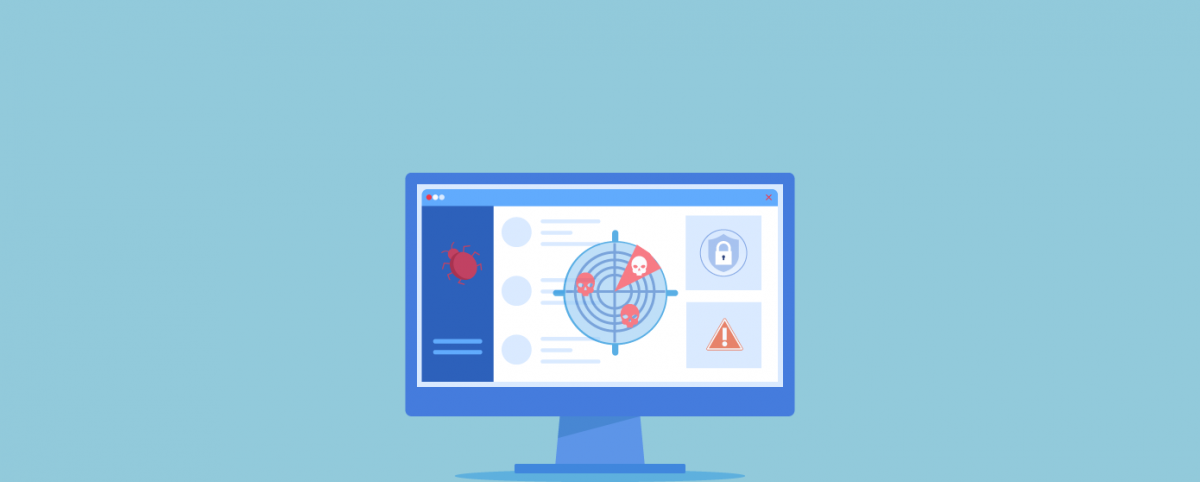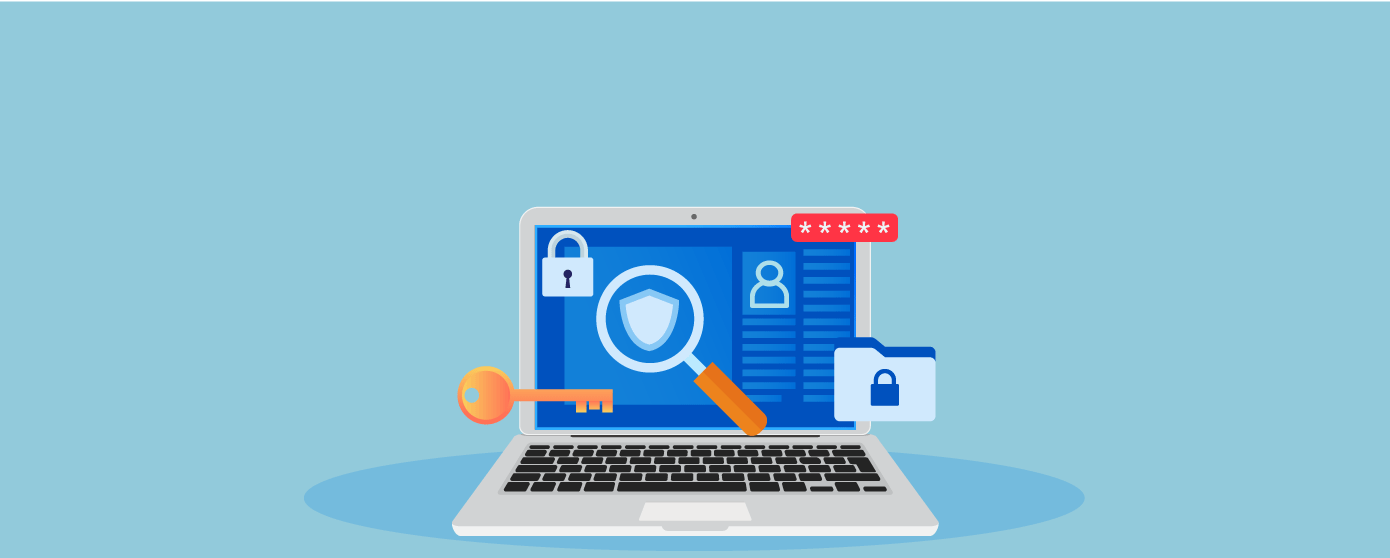Vulnerability Scanning: What It Is and How to Do It Right?
In the context of the digital transformation of businesses and the emergence of online-only business models such as e-commerce, SaaS service providers, online entertainment channels, etc., websites and web applications have become central to businesses of all kinds and sizes. Cyber-attackers are always snooping around for vulnerabilities, gaps, and weaknesses in these applications to orchestrate breaches/attacks. Data suggests that 60% of data breaches are caused by an unpatched vulnerability. The key to increasing the security posture and reducing cyber-risk is to include regular vulnerability scanning as part of the robust application security strategy.
What is vulnerability scanning?
Vulnerability scanning is the process of checking hosts and proactively identifying known vulnerabilities, gaps, loopholes, and weaknesses in the systems, websites, and web applications using manual scanners or automated scanning software tools. Web Vulnerability Scanning is the first step towards effective vulnerability management and enables to understand the baseline of their security risks.
Let us understand how to get vulnerability scanning right.
Regular scanning with zero assured false positives
Web vulnerability scanning must be done every day and after major changes to the website, business policies, or business logic for continued and heightened security. Choose a vulnerability scanner that assures zero false positives and allows you to request for false-positive checks to ensure that the bandwidth of developers is not wasted on remediating something that is not (or not yet) a threat.
Automate scanning for accuracy and agility
Websites/ web applications are changing at an accelerated pace to keep with the accelerated pace of external changes in the market conditions, economy, customer expectations, etc. to develop competitive and strategic advantages. As a result, web applications have several moving parts and run on third-party platforms or use third-party resources which increases the risk exposure. To add to this, cyber-attackers are working with the same or greater agility to leverage tech advancements to find new and innovative ways to identify and exploit weaknesses.
In such a context, manual vulnerability scanning does provide the agility and accuracy required to keep pace with the changes and weakens the overall security posture of the business. Manual scanning is a time-consuming and drudge-intensive process consisting of monotonous and repetitive tasks that fuel inaccuracies, inefficiencies, and irregularities. What often happens with manual vulnerability scanning is that businesses do not update the scanners for the latest vulnerabilities which makes even regular scanning becomes ineffective.
The automated scanner from AppTrana uses Self Learning and Global Threat Intelligence Database to learn from past attack patterns and ensures that all known vulnerabilities are identified effectively.
Comprehensive scanning of all associated systems
Vulnerabilities in servers, web development frameworks, content management systems, etc. directly impact the security posture of the application/ website. So, ensure that your scanning tool does not limit itself to the website/ web application or main system but provides visibility into the other related systems, configuration errors, loopholes, and weaknesses that affect your website.
Risk evaluation
Vulnerability scanning may provide a long list of vulnerabilities and threats to the developers, overwhelming them. But not all vulnerabilities and threats are critical or high risk. Risk evaluation is key to prioritizing risks based on potential impact and criticality.
Vulnerability scanning should be part of a robust security solution
For vulnerability scanning to increase the security posture of the website, it must be part of a comprehensive, dynamic, and robust security solution as scanning only reveals the baseline of security risks and known vulnerabilities. Scanning tools need to be integrated with an intelligent and managed WAF for instant remediation and the tools need to provide security analytics to tune the scanner and WAF further for strengthening security. Penetration testing and security audits need to be conducted to reveal unknown vulnerabilities, business logic flaws, and other underlying weaknesses to strengthen security. Such a solution should be custom-built and backed 24×7 by certified security experts. AppTrana is one such comprehensive, managed security solution.

 September 11, 2019
September 11, 2019






